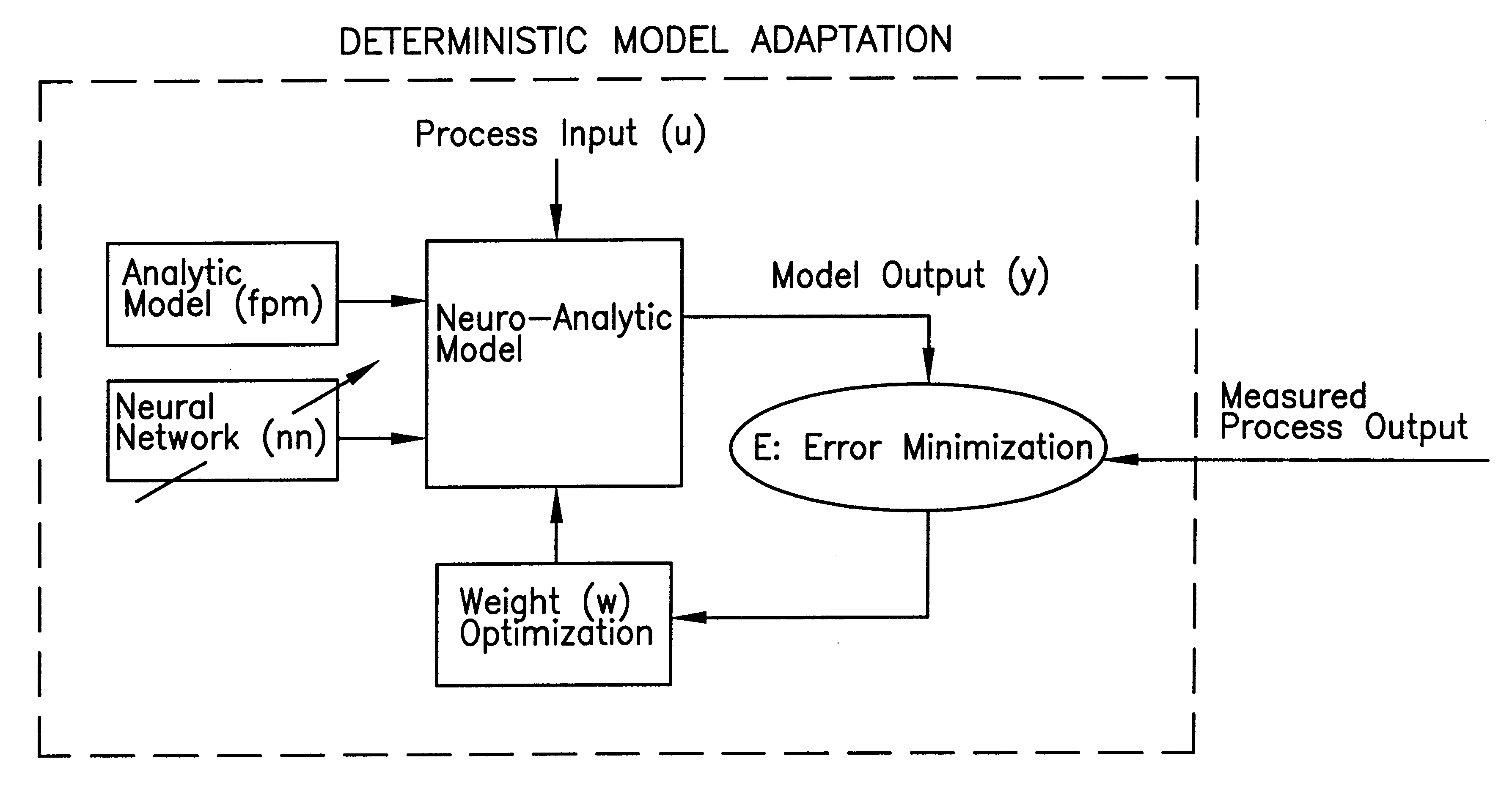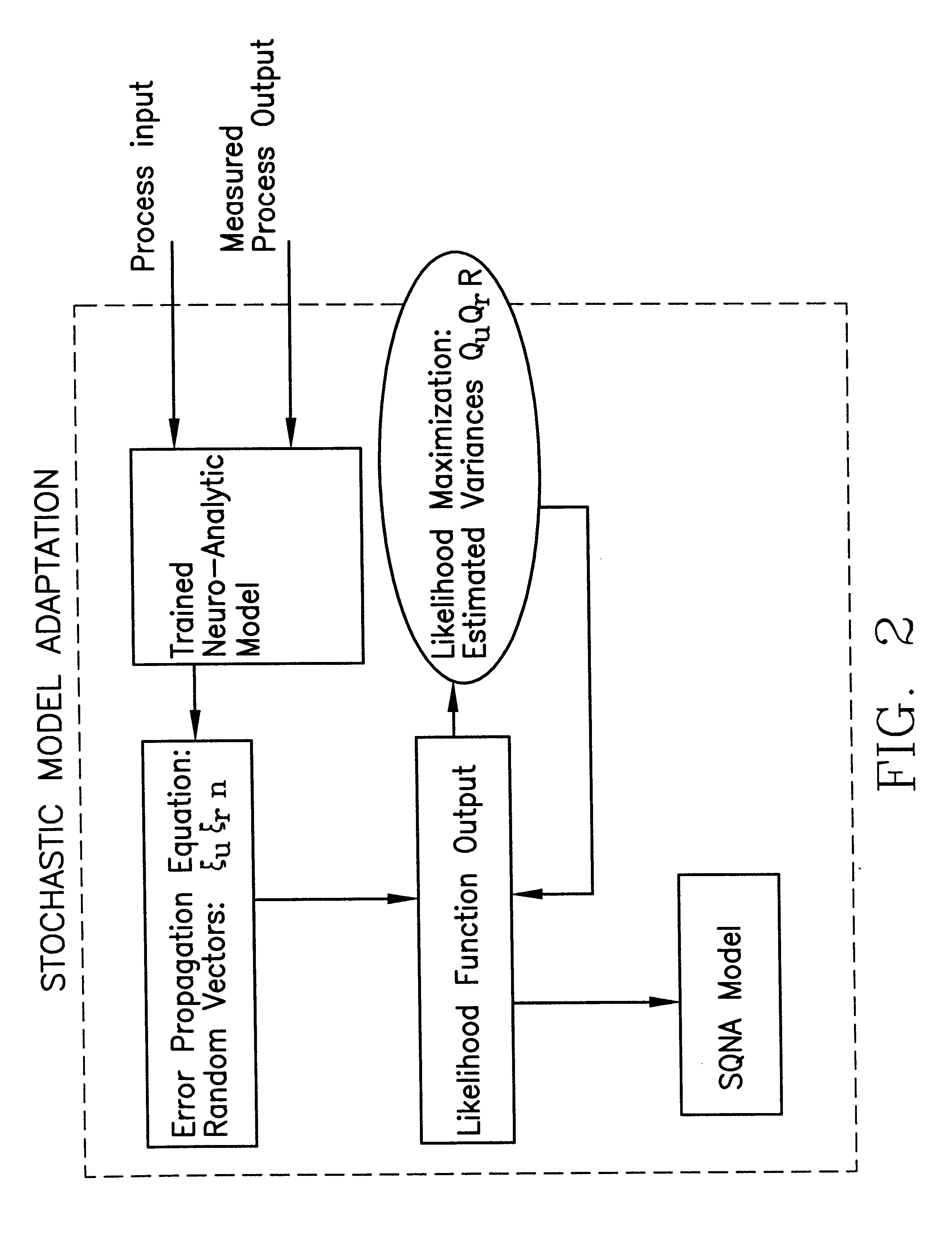Statistically qualified neuro-analytic failure detection method and system
a neuroanalytic and statistically qualified technology, applied in the field of statistically qualified neuroanalytic failure detection methods and systems, can solve the problems of time, labor and capital, and inability to conduct reliable monitoring, and achieve the development of accurate, detailed physics-based models, especially for complex processes, and time-consuming and labor-intensive problems
- Summary
- Abstract
- Description
- Claims
- Application Information
AI Technical Summary
Benefits of technology
Problems solved by technology
Method used
Image
Examples
Embodiment Construction
As a non-limiting example of the present statistically controlled neuro-analytic (SQNA) model for process monitoring, a peristaltic pump was monitored for detection of subtle changes in its operating condition over a period of time. Peristaltic pumps have certain or fixed characteristics, e.g., flow rate is proportional to pump motor speed, and uncertain characteristics that may result from anomalous mechanical loads on the pump (i.e., bearing failure) and degradation of pump components, among others. Peristaltic pumps generally experience a reduction in flow rate over the operating life of the pump, as tube walls experience fatigue, and the pump's ability to positively displace fluid diminishes, until eventually the tube fails. By monitoring the change in the electrical power consumed by the pump motor (back emf) at a given speed, the reduction in pumping capability is inferred and incipient failure of the pump predicted. The SQNA model and method is utilized to determine the relat...
PUM
 Login to View More
Login to View More Abstract
Description
Claims
Application Information
 Login to View More
Login to View More - R&D
- Intellectual Property
- Life Sciences
- Materials
- Tech Scout
- Unparalleled Data Quality
- Higher Quality Content
- 60% Fewer Hallucinations
Browse by: Latest US Patents, China's latest patents, Technical Efficacy Thesaurus, Application Domain, Technology Topic, Popular Technical Reports.
© 2025 PatSnap. All rights reserved.Legal|Privacy policy|Modern Slavery Act Transparency Statement|Sitemap|About US| Contact US: help@patsnap.com



